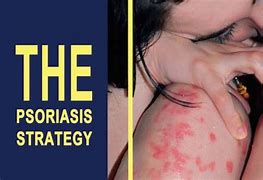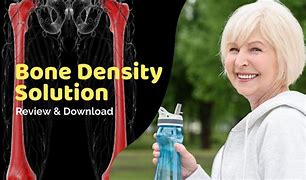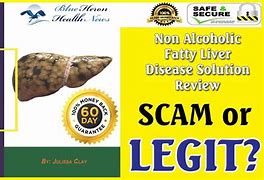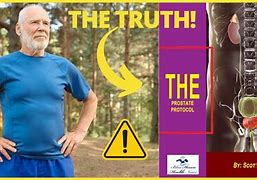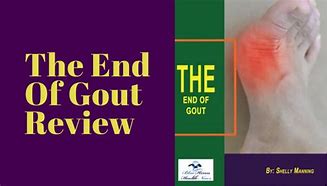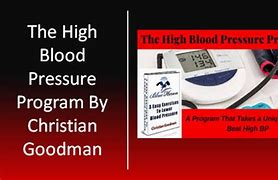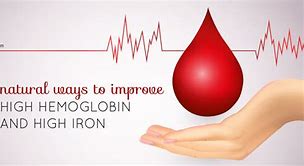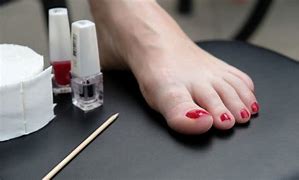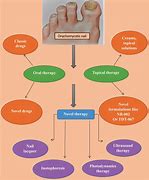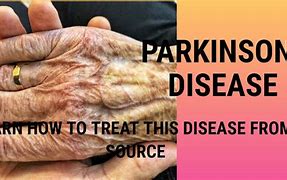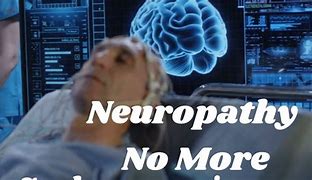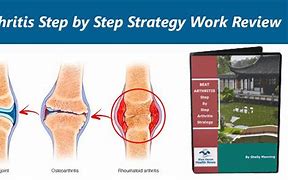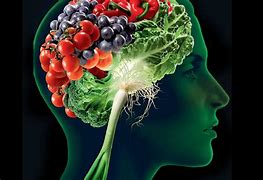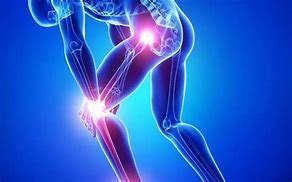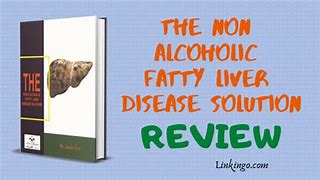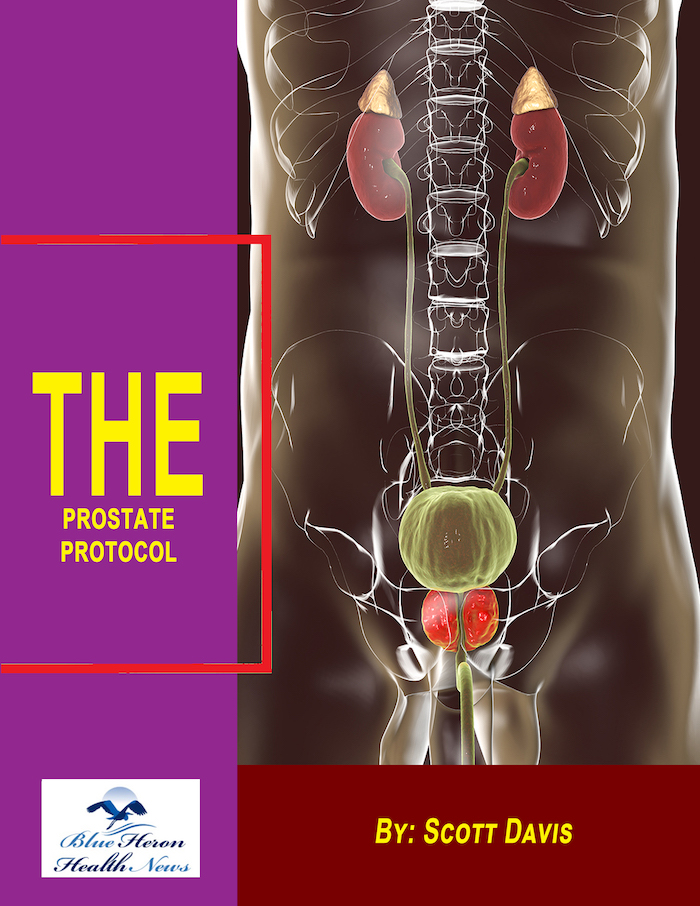Why is too much iron dangerous?
What is hemochromatosis?
Hemochromatosis, also called iron overload, is a condition in which your body stores too much iron.
What is iron, and why do I need it?
Iron is a mineral found in certain foods. Your body needs iron to:
-
Help hemoglobin in blood cells carry oxygen throughout your body.
-
Make red blood cells.
-
Produce certain hormones.
Normally, your intestines absorb just the right amount of iron from the food you eat. But with hemochromatosis, the body absorbs extra iron and stores it in your organs, especially your heart, liver and pancreas.
Hereditary hemochromatosis (he-moe-kroe-muh-TOE-sis) causes your body to absorb too much iron from the food you eat. Excess iron is stored in your organs, especially your liver, heart and pancreas. Too much iron can lead to life-threatening conditions, such as liver disease, heart problems and diabetes.
The genes that cause hemochromatosis are inherited, but only a minority of people who have the genes ever develop serious problems. Signs and symptoms of hereditary hemochromatosis usually appear in midlife.
Treatment includes regularly removing blood from your body. Because much of the body's iron is contained in red blood cells, this treatment lowers iron levels.
Gene mutations that cause hemochromatosis
A gene called HFE is most often the cause of hereditary hemochromatosis. You inherit one HFE gene from each of your parents. The HFE gene has two common mutations, C282Y and H63D. Genetic testing can reveal whether you have these mutations in your HFE gene.
-
If you inherit 2 abnormal genes, you may develop hemochromatosis. You can also pass the mutation on to your children. But not everyone who inherits two genes develops problems linked to the iron overload of hemochromatosis.
-
If you inherit 1 abnormal gene, you're unlikely to develop hemochromatosis. However, you are considered a gene mutation carrier and can pass the mutation on to your children. But your children wouldn't develop the disease unless they also inherited another abnormal gene from the other parent.
How hemochromatosis affects your organs
Iron plays an essential role in several body functions, including helping in the formation of blood. But too much iron is toxic.
A hormone called hepcidin, secreted by the liver, normally controls how iron is used and absorbed in the body, as well as how excess iron is stored in various organs. In hemochromatosis, the normal role of hepcidin is disrupted, causing your body to absorb more iron than it needs.
This excess iron is stored in major organs, especially your liver. Over a period of years, the stored iron can cause severe damage that may lead to organ failure and chronic diseases, such as cirrhosis, diabetes and heart failure. Though many people have faulty genes that cause hemochromatosis, not everyone develops iron overload to a degree that causes tissue and organ damage.
Hereditary hemochromatosis isn't the only type of hemochromatosis. Other types include:
-
Juvenile hemochromatosis. This causes the same problems in young people that hereditary hemochromatosis causes in adults. But iron accumulation begins much earlier, and symptoms usually appear between the ages of 15 and 30. This disorder is caused by mutations in the hemojuvelin or hepcidin genes.
-
Neonatal hemochromatosis. In this severe disorder, iron builds up rapidly in the liver of the developing baby in the womb. It is thought to be an autoimmune disease, in which the body attacks itself.
-
Secondary hemochromatosis. This form of the disease is not inherited and is often referred to as iron overload. People with certain types of anemia or chronic liver disease may need multiple blood transfusions, which can lead to excess iron accumulation.
What causes hemochromatosis?
There are two types of hemochromatosis, each with different causes.
An inherited genetic change is the most common cause. It’s called primary hemochromatosis, hereditary hemochromatosis or classical hemochromatosis. With primary hemochromatosis, problems with the DNA come from both parents and cause the body to absorb too much iron.
In secondary hemochromatosis, medical treatments or other medical conditions cause the iron overload. Examples include:
-
Anemia (low amount of red blood cells).
-
Blood transfusions.
-
Iron pills or injections.
-
Kidney dialysis over a long period of time.
-
Liver disease, such as hepatitis C infection or fatty liver disease.
When signs and symptoms typically appear
Hereditary hemochromatosis is present at birth. But most people don't experience signs and symptoms until later in life — usually after the age of 40 in men and after age 60 in women. Women are more likely to develop symptoms after menopause, when they no longer lose iron with menstruation and pregnancy.
When to see a doctor
See your doctor if you experience any of the signs and symptoms of hereditary hemochromatosis. If you have an immediate family member who has hemochromatosis, ask your doctor about genetic tests that can determine if you have inherited the gene that increases your risk of hemochromatosis.

